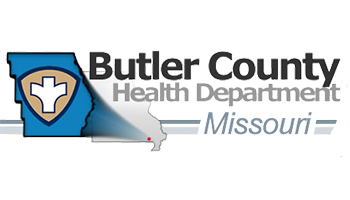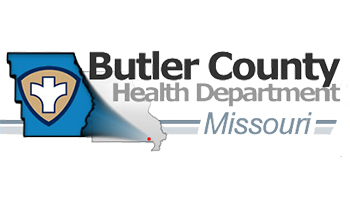Biological Agents: Viral Hemorrhagic Fevers
On Demand
Course Overview
Course Quality Rating
TBD
Course Description
This course is provided by the Pacific EMPRINTS Distance Learning System, at the University of Hawaii at Manoa, Department of Anthropology with support from the US Department of Health and Human Services Health Resources and Services Administration.
The course "Biological Agents: Viral Hemorrhagic Fevers" provides a brief overview of the Category A biological agents, and the viral hemorrhagic fevers. It includes an overview of the families of viruses, their general epidemiology, routes of infection, clinical presentations and treatments, It also provides an overview of several specific viral hemorrhagic fevers, such as Ebola, Marburg and Lassa Fevers. Please note: This program was developed before 2009 and does not include references to recent VHFs outbreaks.
Click the LAUNCH button below to start or be taken to the course.
Target Audience
This course is designed for Physicians, Nurses, Dentists, Pharmacists, Veterinarians, Emergency Medical Services personnel, Other Public Health personnel.
Learning Objectives
Having completed this course, the learner will be able to:
List the four families of viral hemorrhagic fevers.
Identify the main differential diagnosis for viral hemorrhagic fevers.
Identify the only pharmaceutical treatment available for viral hemorrhagic fevers.
Council of Linkages Core Competencies for Public Health Professionals (COL)/COL Tier(s)
2A.6 (Tier 1): Gathers information that can inform options for policies, programs, and services (e.g., secondhand smoking policies, data use policies, HR policies, immunization programs, food safety programs)
5A.1 (Tier 1): Describes the programs and services provided by governmental and non-governmental organizations to improve the health of a community
5A.2 (Tier 1): Recognizes relationships that are affecting health in a community (e.g., relationships among health departments, hospitals, community health centers, primary care providers, schools, community-based organizations, and other types of organizations)
6A.3 (Tier 1): Describes how public health sciences (e.g., biostatistics, epidemiology, environmental health sciences, health services administration, social and behavioral sciences, and public health informatics) are used in the delivery of the 10 Essential Public Health Services
6A.6 (Tier 1): Describes evidence used in developing, implementing, evaluating, and improving policies, programs, and services
Professional/Disciplinary Competencies
Core Competencies for Teaching Emergency Preparedness to Health Professions Students and Clinical Personnel:
List the Category A biological agents and describe their epidemiology, associated illnesses, and treatments.
Knowledge of the pharmaceutics and pharmaceuticals used to combat CBRNE agents.
Format
Online/Self-study
Credit /CEU
None available
Duration
11 mins.
Specifications
Media Player
Course Publication Date
None listed
You may also be interested in
Declare Interest
You will be added to the interest list for .
Declare Interest
Please enter a valid value for quantity.











